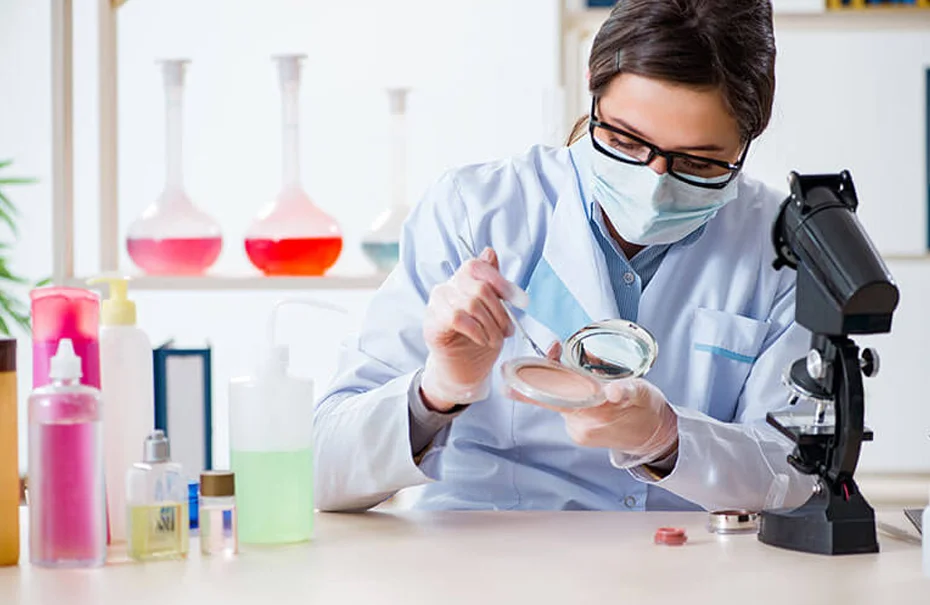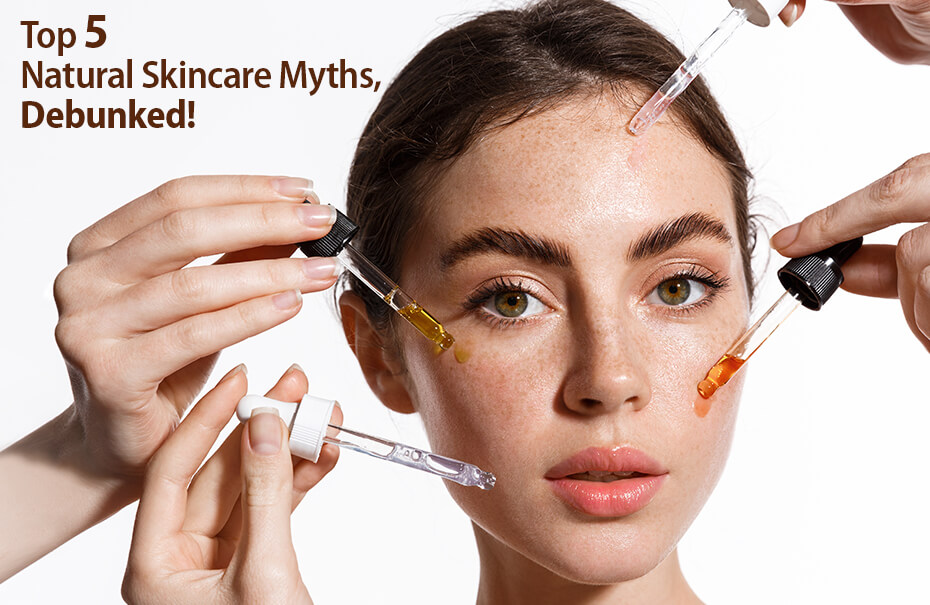Importance of Research and Development for the Cosmetic Industry

As cosmetic users are becoming increasingly concerned about their appearance, they are looking for more and improved alternatives to traditional products available in the market. Scientists are delving deeper into the research of skin-friendly cosmetic products for hair and skin to overtake the global cosmetics business. There are many findings that help skin scientific researchers to create products which are a breakthrough in the world of cosmetics. Discovery of Nanotechnology, a scientific methodology conducted at nano-scale to let the tiny particles penetrate deep into the skin has allowed the researchers to create products which are more effective in fighting the skin-ageing fine lines. Importance of research and development cannot be subdued considering such innovative advancement in the cosmetics industry.
Not every skin is oily or dry. Not every hair has the same texture or size. Requirements of consumers for personal care products vary according to location, temperature, type of skin and hair, preference of fragrance and many other aspects. To cater to all the needs of different consumers and to make sure that a particular product suits the skin well without major reactions, research and development is a must.
The cosmetics industry is in boom today. According to a report, the market of global cosmetics products was valued at around USD 532 billion in 2017 and is expected to reach USD 863 billion approximately in 2024. Personal care and beauty product sales are on the hike and the projection is estimated to register a growth from 3.5 to 4.5% between 2015 and 2020. It is expected to reach USD 500 billion by 2020. This data shows the chances of cosmetic companies to flourish with their thoroughly-researched and enhanced product range.
Structured and purposeful research and development allow the cosmetics industry to develop new and improved products. The resultant products after a thorough R&D are more beneficial to its consumers and that is what makes them brand loyal. For example, including concentrations of active skincare ingredients in lipsticks or foundation creams can help benefit customer in beauty enhancement.
The cosmetic industry is a scientifically-driven industry based on constant innovation and product development through R&D. R&D helps in catering the latest market to a great extent and can be taken on hand for significant reasons:
- To harmonize with the biology of different hair, skin, teeth etc.
- To suffice the dermatological characteristics of people
- Improve product performance
- Make them safer to use
- Match consumers ever-changing expectations
- Fulfil beauty aspirations
- Reduce environmental impacts
- For continuous industrial innovations
- For Scientific advancements
- Make diverse and tailored products specific to gender, age, ethnicity, geographical climate, lifestyle, health, well-being and religious beliefs
- Create multi-functional products to provide value for money to the users
- Be different than the competitive brands in the market
- Due to shifting trends and fashion sense
- To make products cost-effective
- Increase the effectiveness of the products
- Show commitment towards consumer’s wellbeing
- Cater mass market or specific groups
Three main steps a company’s R&D team performs:
- A cosmetic company’s R&D team considers all the above reasons to create new products and formulas or upgrade and improve the current products.
- Based on the nature of a product and climatic conditions, scientific R&D team decides protective packaging measures for the products.
- According to the expected reaction or action of the content’s ingredients, product’s performance and stability of the content, the R&D team ensures to take the safety measures during products’ transportation and storage.
When a company is involved in natural cosmetics, R&D becomes more stringent as natural products pose more health risks. But that does not make R&D of other products less important. Compare the thick and oily UV-Protection sunscreen available 20 years ago with today’s sunscreen. There is a vast difference. It took almost 20 years to remove the smell of ammonia from the hair-dyes and took years of innovation to make lipsticks with less oil content, increased moisture and giving the long-lasting finish.
Companies who manufacture products after rigorous R&D are considered more responsible companies. Testing is one of the important parts of R&D that determines how products work. Testing is done for many reasons. Some of the reasons are:
- To test the ability of a product to protect against harsh conditions of extreme cold or extremely hot conditions.
- Analyzing the performance of an anti-ageing cream for a specific time period to see its impact.
- Checking the colours of makeup products in different lights to see how it looks on the wearer at different times of the day.
Cosmetic brands who do not address the safety issues of their products lose the confidence and loyalty of the customers and it becomes very difficult to survive in the market once customers back off. Most of the cosmetic products are for personal use and the conscious customers have become learnedly smart and therefore, they are aware of the risks posed by different ingredients before they buy products. For instance, in China, a number of product withdrawals were noted due to the safety concerns even after strict regulations were implied.
Many companies have increased their R&D budget over the last few years in a realization of consumers’ needs, demands, and their sensitivity towards being a brand loyal, which is not forever. The process of R&D has also shown an increase in the profit levels as carefully developed products is more consistent in performance. It’s time to plan a meticulous R&D strategy if you already have an R&D department. If you don’t have one, then it is time to hurry up and make that work.



